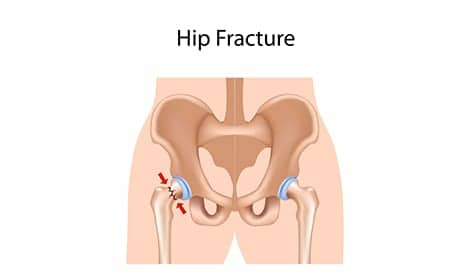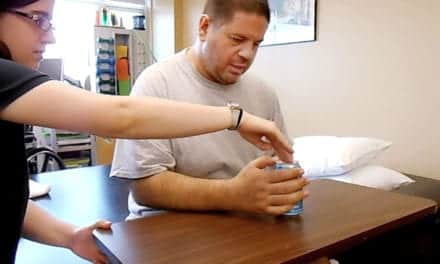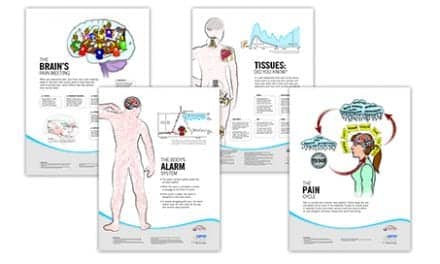An observational study of hip fracture patients suggests that one on two may be unlikely to fully recover from their injury. In addition, the recovery odds may be even lower for the very old or those who have dementia or other ailments.
The study, conducted by Victoria Tang from the University of California, included 733 participants—older than 65 years before and after the hip fracture—whose information was gleaned from the Health and Retirement Study.
The participants’ functional recovery was measured based on how they were still independently able to care for themselves post-injury in terms of bathing, dressing, eating and going to the bathroom on their own. Factors such as their ability to walk around a street block or climb stairs without resting were noted, as well as their age and health status prior to the hip fracture, according to a media release from Springer.
“The likelihood of recovery to pre-fracture level of function was less than 50% regardless of one’s previous level of function,” Tang says in the release. “The likelihood of returning to a high level of function was particularly low in those who were older than age 85, had multiple comorbid conditions, or had dementia.”
Of all subjects, 31% returned to their prior daily functioning; 34% and 41% were respectively able to move and climb stairs as before. Things were only marginally better for those who were physically very active before their injury. Of them, 36% could go on living independently without assistance, 32% had no difficulty walking one block, and 29% had no problems climbing stairs, the release continues.
According to Tang, awareness about the expected outcomes after a hip fracture is essential, so that patients, families, and supportive caregivers can set realistic expectations to meet additional needs once the patients return home.
“Ascertainment of the patient’s values and goals of care is critical at this juncture in order to optimize quality of life and assist in future medical decision making,” she adds.
The study was published in The Journal of General Internal Medicine, published by Springer.
[Source(s): Springer, Science Daily]





